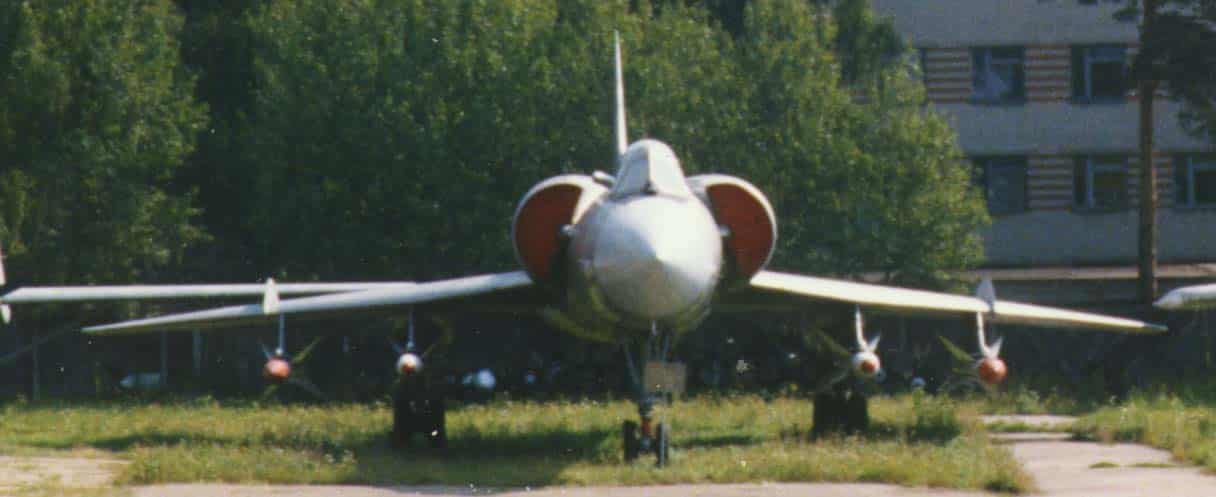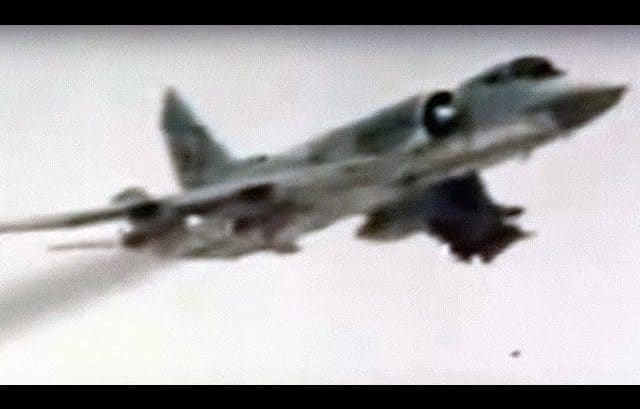The Soviet Union was facing the threat of an all-out war during the early 1950s. To protect itself, it needed a powerful fighter in its arsenal. This led to the development of a supersonic aircraft that became the largest and heaviest fighter ever built.
A Tough Choice
Amid the Cold War, the Soviets needed to protect their territory, especially from nuclear-armed American bombers. However, during this time, the USSR had no such aircraft.

They needed a supersonic plane with massive fuel tanks for great patrol time, long-range capable radar, and the most powerful air-to-air missiles. Moreover, the new aircraft wasn’t intended to dogfight smaller aircraft, instead focusing on combating bombers such as the B-52.
The Heaviest Fighter
The plane had a maximum weight of 43 tons, becoming the heaviest fighter in operation during that time. It was also the biggest and heaviest fighter ever in service, just the right fighter capable of defending the Soviet Union’s vast territories.

The prototype, which was renamed to Tu-128, took its initial flight on March 18, 1961.
It was powered by two Lyulka AL-7F-2 afterburning turbojet engines that could produce 16,400 lbf dry or even 22,300 lbf with afterburners. This enabled the aircraft to reach a max speed of Mach 1.5 while fully armed, and a range of almost 1,000 mi.
End of Service
Production of the Tu-128 ended in 1970, with over 198 planes built in total. Although it was never used to take down foreign aircraft, it served its purpose in deterring foreign air intrusions during the Cold War.




